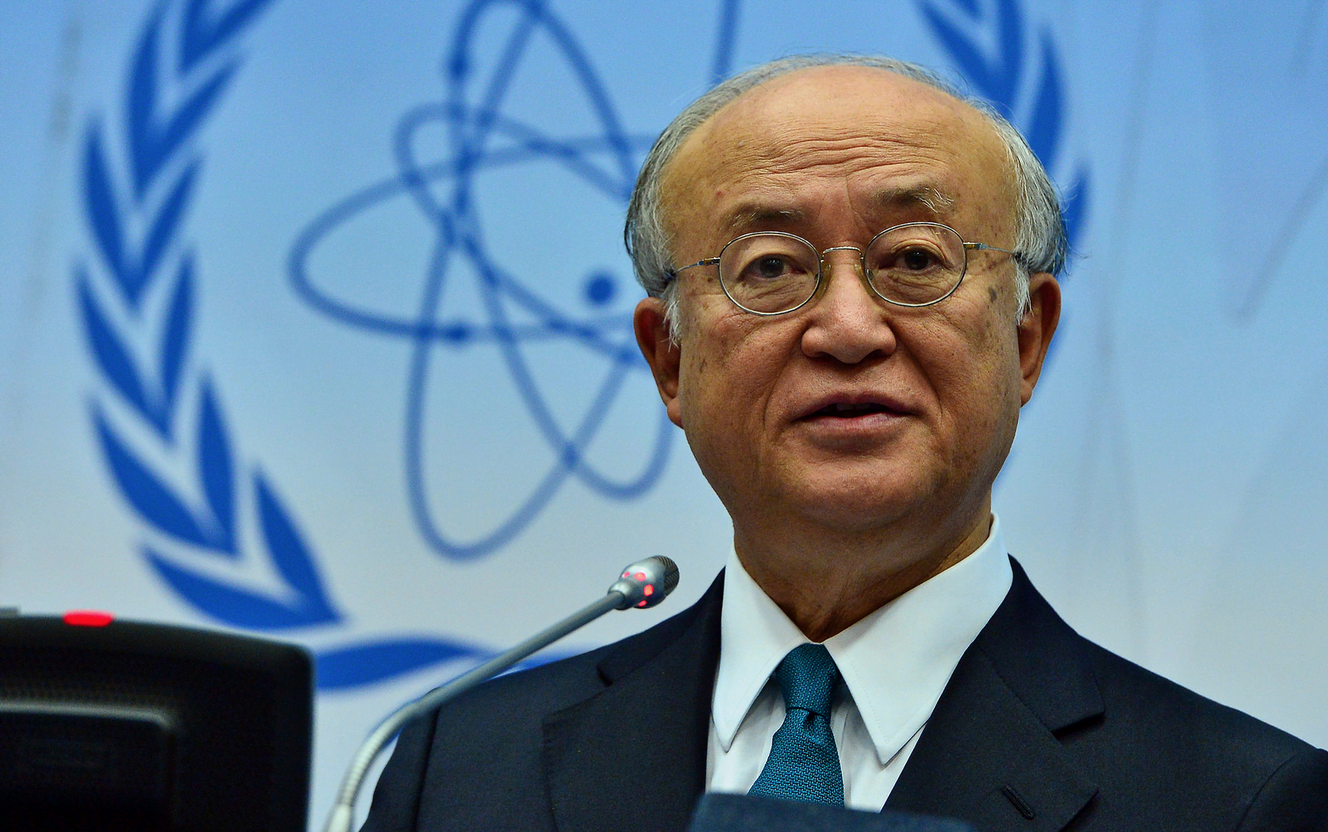Despite it’s high profile, the International Atomic Energy Agency suffers from some of the same funding challenges as many UN agencies. Now that it is at the heart of the Iran nuclear deal, will its member states ease up on the budgetary pressure under which they have forced the Agency to operate for the last several years?
I muse on this question in a piece up on The Atlantic.
—
The nuclear-inspection regime in Iran is going to be expensive, among numerousother logistical, technical, and political challenges. In a press conference on Tuesday, following the signing of the final accord, IAEA Director General Yukiya Amano estimated that the Iran portfolio has cost his agency $1 million per month since November 2013, when Iran initially allowed limited inspection of certain sites as a condition to launch diplomatic talks. In the same press conference, Amano said it would take some time to budget the costs related to maintaining a pool of some 150 inspectors to deploy to Iran and monitor Iranian nuclear activities from afar.
The problem with all this is that IAEA member states have pressured the agency to rein in spending in recent years. A policy of “zero-real growth” imposed by the IAEA’s 35-member state Board of Governors has been in place for several budget cycles. In its 2015 budget report, the agency described a host of activities that it has undertaken to cut expenditures, even as the responsibilities placed on it by countries and international organizations have increased. These included, among other things, introducing a “paper smart” policy and optimizing “the use of technical and office supplies.”
No one should begrudge an office for being more judicious about using the copy machine. But the fact that the IAEA is touting cutting down on office supplies as a way to reduce spending suggests that the agency is operating under intense budgetary pressures.
